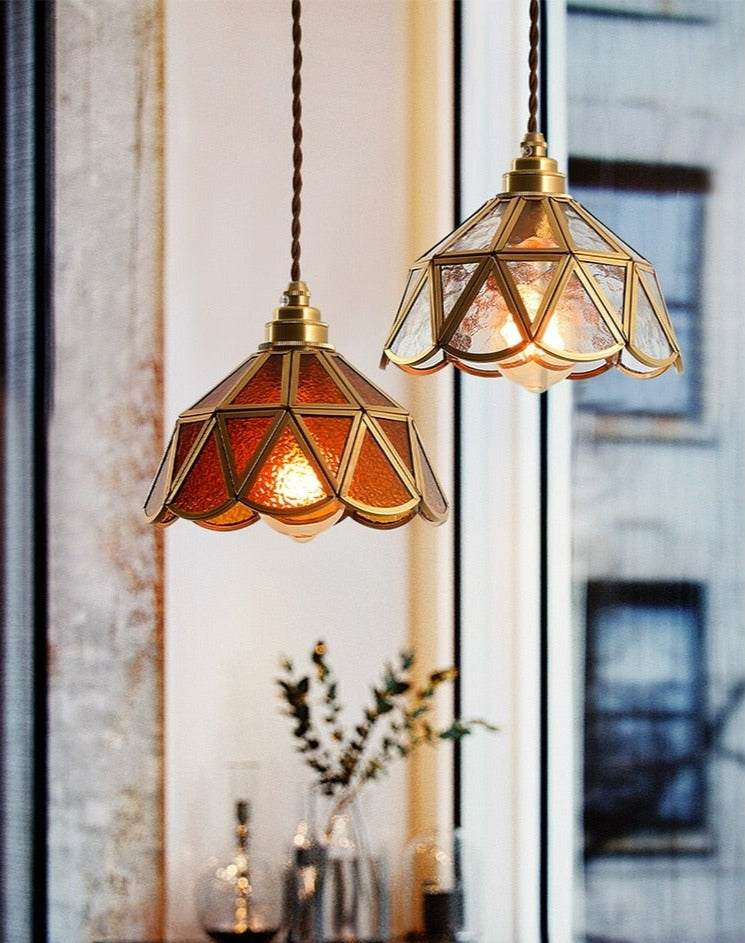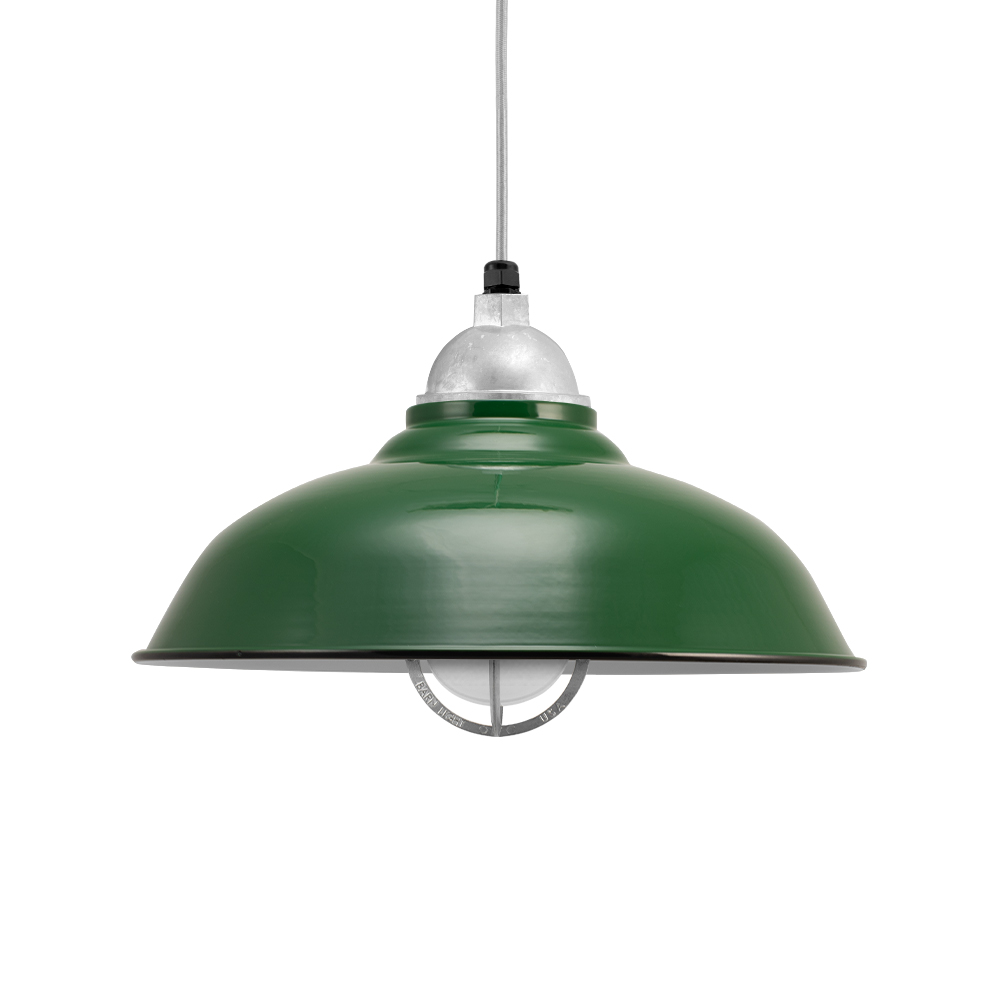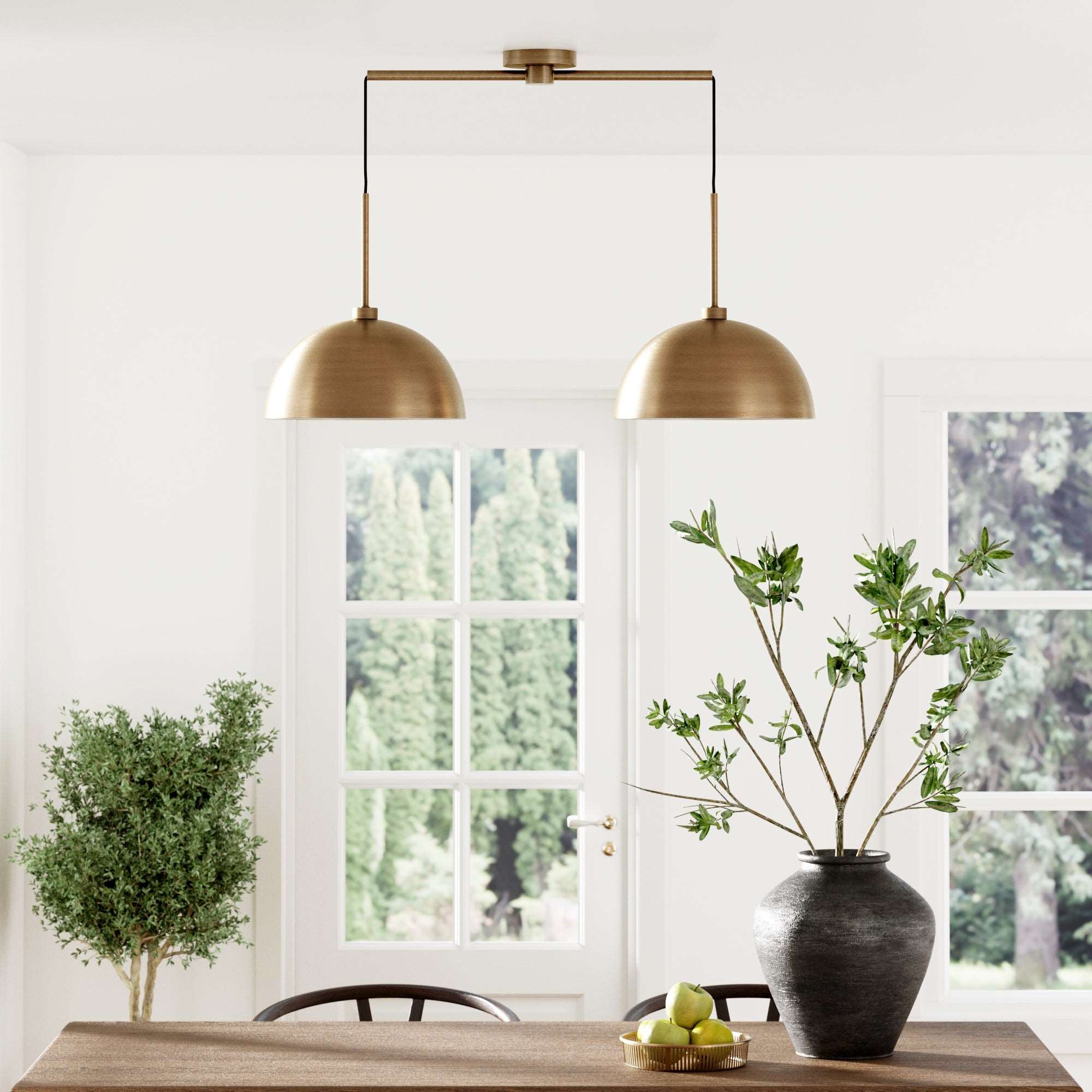How to Choose the Perfect Pendant Light for a Cozy Lounge
Wiki Article
How to Choose the Perfect Pendant Light to Boost Your Inside Design
Choosing the perfect Pendant light calls for mindful factor to consider of different elements. The style must line up with the overall design, while size plays an essential function in making certain appropriate proportion. Shade and finish choices can boost visual appeal. Additionally, evaluating light result is very important for functionality - Pendant Light. Recognizing these aspects can change a space, creating an inviting atmosphere. Yet, the process includes more than just aesthetics; there are practicalities that need to also be resolved
Recognizing Different Pendant Light Styles
Pendant lights can be found in a variety of designs, each offering special aesthetic and practical benefits. From commercial layouts that include exposed light bulbs and steel finishes to sophisticated glass components that evoke a sense of sophistication, the options are substantial. Contemporary Pendant lights usually highlight minimal forms and tidy lines, while vintage-inspired designs might include elaborate describing and warm tones.For those looking for a rustic charm, fixtures made from all-natural products like timber or rattan provide a comfortable feeling. Additionally, multi-light necklaces can function as statement items, integrating a number of light bulbs in a solitary layout for significant result.
Each style contributes in different ways to a room, influencing the overall ambiance and character. Recognizing these varied Pendant light styles permits developers and property owners to make informed choices that align with their interior style vision, improving both capability and aesthetic appeal in their settings.
Figuring Out the Right Size for Your Room
When choosing a pendant light, properly gauging the ceiling height is necessary for accomplishing the right equilibrium in a space. Additionally, computing the range of the component in connection with the surrounding area assurances that the light enhances as opposed to overwhelms the style. These factors play a vital role in producing an unified indoor setting.Step Ceiling Elevation
To achieve an aesthetically pleasing layout, measuring ceiling height is vital for choosing the ideal dimension of Pendant light. The height of the ceiling straight influences the range and proportion of the lighting component. In rooms with typical eight-foot ceilings, Pendant lights ought to normally spend time 30 to 36 inches above the surface area listed below, such as an eating table or cooking area island. For greater ceilings, adjustments must be made accordingly, as a greater installation can develop an extra dramatic result. When identifying the excellent elevation, it is vital to mirror on the total space measurements and format. Accurate measurements assist assure that the Pendant light not just enhances the room's style but also gives adequate lighting without overwhelming the room.Compute Fixture Range
Picking the best dimension for a lighting component is essential for developing consistency in a room's style. To calculate component range, one should consider the measurements of the room. A common standard involves including the space's length and size in feet, which provides an ideal diameter in inches for a necklace light. As an example, a room determining 10 feet by 12 feet suggests a component diameter of around 22 inches. In addition, the height of the ceiling plays an essential function; taller ceilings might accommodate bigger components. Guaranteeing the Pendant hangs at an appropriate elevation-- typically 30 to 36 inches over surface areas-- additional boosts capability and visual charm. Effectively scaled components can change a space, making it feel welcoming and well-coordinated.Thinking About Shade and Complete Choices
When picking a pendant light, the interplay of shade and coating can considerably impact the general aesthetic of a space. Working with the light's color palette with existing decoration ensures a harmonious style, while the selection of finish product can improve texture and design. Thoughtful factor to consider of these components is important for accomplishing a natural appearance in interior design.Color Combination Control
Color palette coordination plays a vital role in achieving an unified indoor design, especially when choosing pendant lights. Selecting a necklace light that enhances the existing color design improves the general aesthetic. A light with warm tones can develop a comfortable atmosphere in a room loaded with natural colors, while cooler shades might harmonize effectively with a modern-day, minimal palette. It is vital to take into consideration the leading shades in the area, making certain that the Pendant light either mixes perfectly or supplies a striking comparison. Additionally, integrating accent shades from the scheme can tie the style with each other, developing a cohesive appearance. Eventually, thoughtful shade coordination boosts the aesthetic impact of the Pendant light within the interior decoration system.End Up Material Considerations

The selection of finish materials for Pendant lights considerably affects the overall style aesthetic of an area. Different coatings, such as matte, glossy, or textured, can produce varying aesthetic impacts. For instance, a sleek steel surface may evoke a modern, commercial environment, while a matte or combed finish can lend a softer, more natural feeling. Color options, ranging from traditional blacks and whites to lively colors, also play a necessary role in integrating with existing decoration. In addition, materials such as glass, wood, or ceramic can improve the Pendant's personality and enhance link surrounding aspects. Inevitably, picking the ideal surface product guarantees the Pendant light not only illuminates but also boosts the area's design narrative.
Analyzing Light Result and Functionality
Light result and performance are fundamental consider choosing the optimal Pendant light for any type of area. Evaluating the brightness of a pendant light involves comprehending lumens, which determine the complete light given off. A greater lumen count typically shows a brighter light, crucial for jobs such as analysis or cooking. Furthermore, the color temperature, determined in Kelvin, impacts the atmosphere; warmer tones develop a relaxing ambience, while cooler tones promote alertness.Functionality expands beyond brightness to include the component's layout and placement. Flexible pendants can supply functional illumination for different activities, while taken care of alternatives include a statement to the decoration. Taking into consideration the elevation at which the Pendant will hang is crucial, as it affects both light circulation and security. Inevitably, a well-assessed light output and read capability will certainly guarantee that the selected Pendant light fulfills both functional and aesthetic demands in the designated room.
Matching Pendant Lights With Your Interior Decoration Theme
Exactly how can one guarantee that Pendant lights improve the overall interior style style of a space? The key hinge on selecting fixtures that resonate with the well-known visual. For example, in a minimal setup, sleek and basic styles in neutral colors can develop a cohesive appearance. Conversely, a vintage-themed space might benefit from elaborate Pendant lights, including detailed styles or warm tones that evoke nostalgia.Additionally, considering the material and finish of the Pendant light is essential. Steels like brass or copper can add a touch of style to a contemporary space, while timber elements might complement rustic interiors.
Color consistency additionally plays a substantial duty; choosing tones that straighten with the room's combination guarantees that the illumination really feels incorporated instead than misplaced. Inevitably, the appropriate Pendant lights need to not only brighten however additionally serve as a stylistic expansion of the general design, enhancing the setting and character of the room.
Installation and Positioning Tips for Optimum Impact

In larger areas, think about utilizing larger collections or pendants to stop them from feeling shed in the room. For an open-concept format, aligning the necklaces with other design components, like countertops or furniture lines, promotes cohesion. In addition, dimmer buttons can improve convenience, permitting adjustable ambiance. Inevitably, thoughtful installation and positioning of Pendant lights can transform the looks and functionality of any kind of interior decoration.
Regularly Asked Concerns
What Are the Ideal Materials for Pendant Lighting?
The most effective materials for Pendant lights consist of glass for sophistication, metal for toughness, and material for warmth. Each product supplies distinct aesthetics, permitting developers to produce flexible lights services that enhance different look at this site interior styles and ambiences.
Just how Do I Maintain and Tidy Pendant Lights?
Maintaining and cleaning pendant lights entails routine cleaning, making use of a damp cloth for surface areas, and utilizing gentle cleaners for glass components. Normal look for loose installations guarantee security and extend the lifespan of the fixtures.
Can Pendant Lights Be Dimmable?
The question of whether Pendant lights can be dimmable is appropriate for many. Different versions supply dimmable attributes, permitting customers to adjust brightness, boosting ambiance and capability. Compatibility with dimmer switches is crucial for peak efficiency.What Is the Life-span of Typical Pendant Light Bulbs?
The life expectancy of typical Pendant light bulbs differs substantially. Incandescent bulbs last about 1,000 hours, while small fluorescent lights (CFLs) can last 7,000 to 15,000 hours. LED light bulbs use the longest life-span, getting to up to 25,000 hours or even more.Are Pendant Lighting Suitable for Outdoor Use?
Pendant lights can be ideal for outdoor use, yet they have to be specifically designed for such atmospheres. Weather-resistant products and proper installation are crucial to guarantee resilience and safety and security against elements like wetness and wind.Color scheme coordination plays a vital duty in attaining a harmonious interior design, specifically when choosing pendant lights. The selection of surface materials for Pendant lights substantially influences the total style visual of a space. Light output and performance are fundamental variables in selecting the ideal Pendant light for any kind of room. Examining the brightness of a pendant light involves understanding lumens, which measure the total light discharged (Pendant Light). Exactly how can one ensure that Pendant lights improve the total interior layout theme of a room?
Report this wiki page